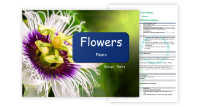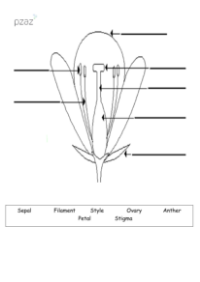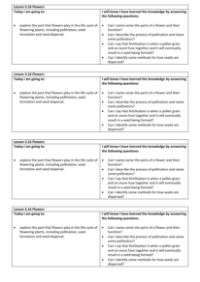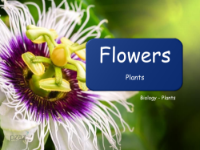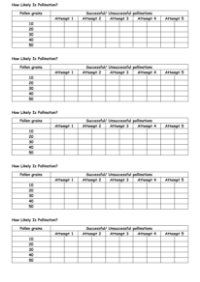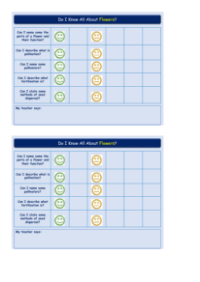Flowers - Lesson Plan
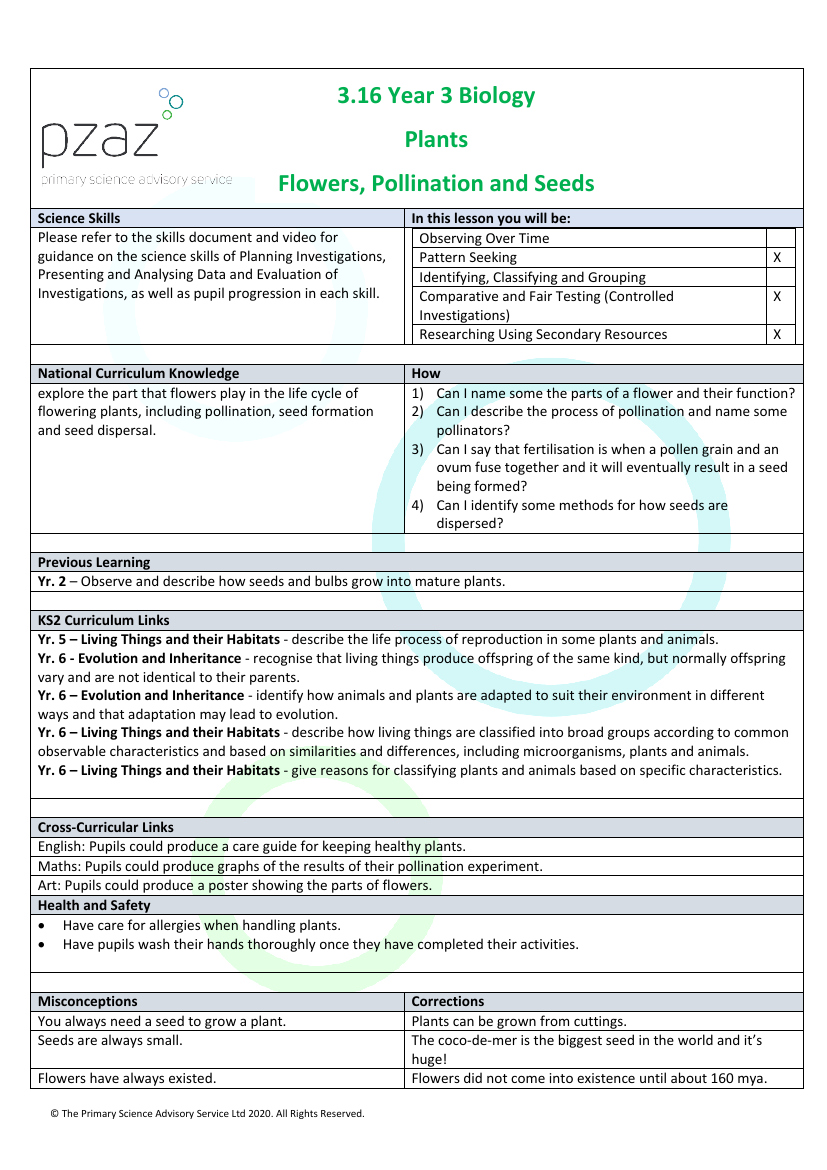
Science Resource Description
The lesson plan from The Primary Science Advisory Service Ltd introduces Year 6 students to the critical roles that flowers play in the life cycle of flowering plants, focusing on pollination, seed formation, and seed dispersal. It is designed to enhance students' scientific skills, such as pattern seeking and researching using secondary resources, while aligning with the National Curriculum. Students will explore and answer questions about the parts of a flower, their functions, and the process of pollination, including identifying pollinators and understanding fertilisation as the fusion of a pollen grain and an ovum, leading to seed creation. The lesson builds on previous learning from Year 2, where students observed seed and bulb growth, and connects to later topics in the curriculum, such as reproduction in plants and animals, evolution, and classification of living things.
During the lesson, students will engage in hands-on activities, such as flower dissection and pollen microscopy, using equipment like microscopes and lilies to examine the internal structures of flowers. They will also participate in a simulated pollination experiment using paper squares, pipe cleaners, and yellow pom poms to understand the mechanics of pollination and the challenges of wind as a dispersal method. Additionally, the lesson includes a seed dispersal research activity where students use learning pads to create presentations on different dispersal methods, and an explosive seed dispersal demonstration with balloons and confetti to visualise the dispersal process. Health and safety considerations are noted, particularly regarding allergies when handling plants. The lesson concludes with a plenary session where students review key concepts and assess their progress. Keywords such as pollen, ovum, and fertilisation are emphasised, and influential scientists like Katherine Esau and Charles Darwin are highlighted to provide historical context. Misconceptions about plants and flowers are also addressed to ensure a comprehensive understanding of the topic.

